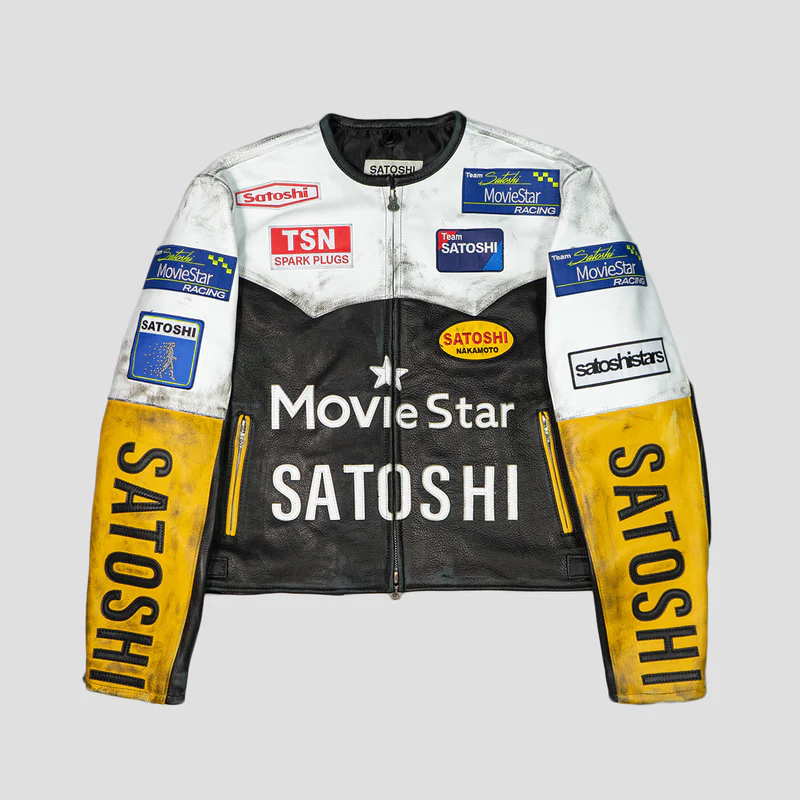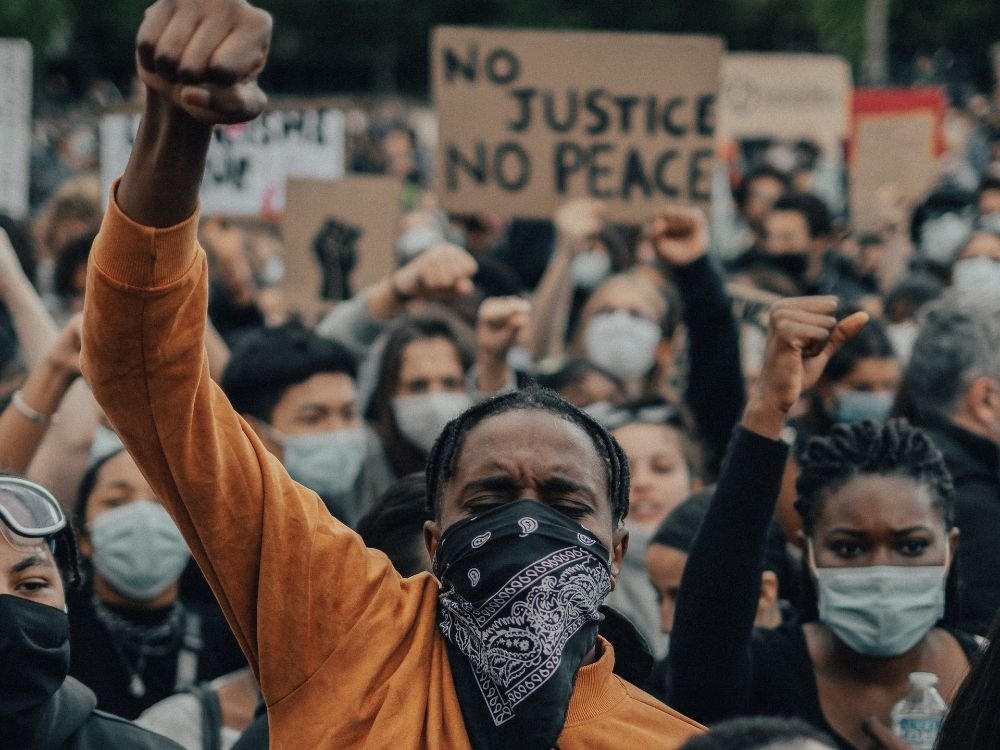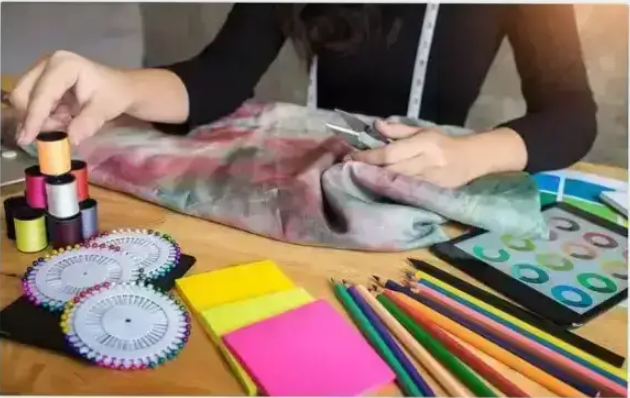Introduction: More Than Just Denim
In the sprawling, ever-evolving landscape of streetwear and contemporary fashion, where hype often overshadows heritage, Denim Tears stands as a poignant and defiant voice. It is not merely a clothing brand. It is an artifact, a protest, a cultural thesis stitched into cotton and indigo. Founded by Tremaine Emory in 2019, Denim Tears explores and critiques the Black American experience through the lens of fashion — specifically, through denim, cotton, and their colonial histories.
At first glance, Denim Tears’ aesthetic might appear rooted in the familiar tropes of streetwear: denim jackets, graphic tees, distressed cuts. But beneath that surface lies a subtext so profound that each piece becomes part of a larger story — one that confronts America’s brutal past, celebrates African American culture, and reclaims historical symbols with raw honesty.
Tremaine Emory: The Storyteller Behind the Seams
Tremaine Emory is not your typical fashion designer. A former creative director for Kanye West and collaborator with brands like Off-White and Stüssy, Emory brings a deeply intellectual and activist energy to his work. As the founder of Denim Tears, he operates less like a trendsetter and more like a cultural curator, weaving art, politics, and history into the DNA of every piece.
Emory’s guiding philosophy centers around storytelling. His work is not designed for the runway, but for the street — not to impress, but to provoke. He pulls from personal memory, Black literature, African heritage, and civil rights iconography to create garments that carry historical weight. Denim Tears is his medium of resistance, his protest against erasure and silence.
Cotton Wreaths and Cultural Memory
One of the most iconic images associated with Denim Tears is the cotton wreath — printed on jeans, jackets, and hoodies like a ghostly echo of American history. At once beautiful and chilling, the cotton wreath symbolizes the legacy of slavery and the Black labor that underpinned America’s rise as an economic superpower.
Cotton was the crop that enslaved Africans were forced to harvest — and in using cotton not just as a material but as a symbol, Emory reclaims it. The cotton wreath transforms the visual vocabulary of oppression into a banner of remembrance. It demands that we confront the realities of the past, not just with shame but with reverence for those who endured it.
Denim Tears’ cotton-printed Levi’s collaboration was more than a collection; it was an exhibition. Released in 2020, the line paid tribute to the 400th anniversary of the first enslaved Africans arriving in Virginia. The collection was less about fashion and more about cultural reckoning — reminding wearers and viewers that Black history is not a footnote, but the foundation of American identity.
The Intersection of Art, Activism, and Fashion
Denim Tears blurs the line between fashion and fine art. Every drop, every collection is accompanied by thoughtful visual campaigns, essays, interviews, and performances. Emory doesn’t just design clothing — he constructs narratives.
His collaborations reflect this artistic sensibility. Whether it’s a campaign featuring poetry from Black authors, partnerships with artists from the African diaspora, or multimedia exhibitions showcasing the intersections of race, history, and art, Denim Tears has redefined what it means to be a fashion brand. It is fashion as resistance. Fashion as memory. Fashion as healing.
The brand has also responded to contemporary issues — from police brutality to cultural appropriation — without exploiting them for clout. Instead, Emory uses Denim Tears to educate, offering historical context and encouraging discourse. He has openly criticized the fashion industry for its exploitation of Black creativity and lack of diversity, while simultaneously offering an alternative model rooted in cultural integrity.
The Spirituality of Garment
There is a spiritual aspect to Denim Tears that is often overlooked. In many ways, Emory’s clothing operates like ritual objects. They are not only worn, but lived in — imbued with intention, memory, and mourning. The designs echo the sacred. The cotton wreath is almost funereal, like a wreath placed on a grave. His garments are modern-day relics, carrying both suffering and survival in their threads.
When you wear Denim Tears, you are not just making a fashion statement. You are aligning yourself with a movement. You are acknowledging a history that was hidden and suppressed, and choosing to carry it with you. That choice, that consciousness, turns the garment into something sacred.
Influence and Legacy
While still a relatively young brand, Denim Tears has already reshaped how fashion can serve as a vehicle for storytelling and justice. Its influence stretches beyond the confines of streetwear, impacting contemporary art, music, and activism. Artists like Frank Ocean, Kendrick Lamar, and Beyoncé have been spotted wearing Denim Tears — not merely because it’s stylish, but because it resonates.
Tremaine Emory’s tenure as Creative Director of Supreme (from 2022 to 2023) further elevated his platform, though his departure highlighted the ongoing tension between creative integrity and commercial expectations. His exit made headlines, but also reaffirmed his commitment to his original vision: to tell the truth, even when it’s uncomfortable. Denim Tears remains his sanctuary, a space where truth is not diluted, but crystallized.
The Future of Denim Tears
Looking ahead, Denim Tears is not slowing down. If anything, its mission is expanding. Emory continues to collaborate with other artists and institutions, constantly seeking new ways to tell Black stories through visual and material culture. Whether it’s through capsule collections, film, or museum installations, Denim Tears is poised to become a long-standing cultural institution — one that archives and amplifies the voices of the past and present.
In a fashion world that often prioritizes speed, spectacle, and profit, Denim Tears offers something different: depth, reflection, and purpose. It is not interested in selling fantasy. It is invested in revealing reality — and finding beauty, resilience, and strength within it.
Conclusion: Wearing the Past, Stitching the Future
“Through the Lens of Denim Tears” is not just a phrase. It’s an invitation — to look again, to see deeper, to recognize the history woven Denim Tears Sweatpants into the very fabric of America. Tremaine Emory has taken denim, a fabric once synonymous with work and labor, and transformed it into a language of liberation. His brand doesn’t just clothe bodies. It awakens minds.
To wear Denim Tears is to participate in an ongoing conversation about identity, memory, justice, and art. It is to acknowledge that fashion is never neutral. Every stitch tells a story. And through Emory’s lens, those stories finally get the dignity — and the visibility — they deserve.




